Pump the Brakes: Consumer Reports Dings Model 3 For Lackluster Stops

“Lackluster” may be an understatement. In its test of the Tesla Model 3 Long Range model, Consumer Reports discovered plenty of things to like about the California automaker’s smallest electric vehicle, but two large gripes kept the publication from bestowing a coveted “recommended” tag on the sedan.
We’ve complained before — and online videos have aptly demonstrated — about how the Model 3’s massive center screen diverts too much attention away from the road by consolidating simple tasks (like adjusting the dash vents) into the menus and submenus of the vehicle’s interface, and CR‘s opinion was no different. However, the largest issue seen while driving the Model 3 was its lengthy average stopping distance.
The publication went so far as to borrow a privately owned model just to make sure its observations were legit.
They were, though Tesla takes some issue with them. In its test of panic braking from 60 mph, CR recorded an average stopping distance of 152 feet — a result “far worse than any contemporary car we’ve tested and about 7 feet longer than the stopping distance of a Ford F-150 full-sized pickup.” It’s also 25 feet longer than that of the Tesla Model X SUV.
In a recent test of various 2018 F-150s, Motor Trend recorded a 129-foot stopping distance for the 3.3-liter XL Supercab model, while an upscale Lariat trim made the stop in 10 fewer feet. For comparison, a Chrysler 300S tested by the same publication made the stop in 109 feet.
When contacted, Tesla said its tests of the sedan — which weighs in at just over 3,800 pounds — returned an average of 133 feet while shod with the same tires. “The automaker noted that stopping-distance results are affected by variables such as road surface, weather conditions, tire temperature, brake conditioning, outside temperature, and past driving behavior that may have affected the brake system,” CR wrote.
The publication countered the statement by noting its braking test “is based on an industry-standard procedure designed by SAE International,” and that it uses a dedicated braking pad “monitored for consistent surface friction.” Between tests, CR testers drive the vehicle for about a mile to help cool the brakes.
Because the first test of the Model 3 yielded a result of 130 feet (a measurement never repeated, even after being parked overnight), CR picked up a Model 3 from a private owner. Those tests saw “almost identical results.”
We’ve seen brake fade complaints crop up from owners who took their Model 3s on the track (one owner destroyed his after 9 miles at Laguna Seca), but a panic stop in regular driving and a stock vehicle hitting a challenging race course are two different beasts. Issues encountered in the latter scenario are to be expected. The former, at least for Consumer Reports‘ purposes, isn’t forgivable. The braking issue, plus the distracting touchscreen and a few minor ride quality issues, kept a recommendation at bay, though the publication lauded the model’s lengthy driving range and acceleration.
While Tesla CEO Elon Musk didn’t detail what brakes we’ll find on the performance variant of the Model 3, an owner’s manual lists upsized front rotors for “plus” versions of the sedan. Those rotors, squeezed by new calipers, were spotted in a recent video released by Tesla.
[Image: Tesla]

More by Steph Willems
Latest Car Reviews
Read moreLatest Product Reviews
Read moreRecent Comments
- Dave M. My hipster daughter is greatly into it. We watched the race together this weekend. It was interesting but I'm not devoted to it like she is. She'll be at the Austin race in October.
- Bd2 If I had time to watch other people driving, then I would go for LMP.
- Steve Biro There are 24 races on this year’s F1 schedule. And I guarantee you no more than two will be reasonably exciting, Meanwhile, F1’s reception for Andretti reveals the dark underbelly of the sport. I have followed F1 since the 1960s and, frankly, I am running out of interest. I’ll catch a race if it’s convenient but won’t bother DVRing them.
- YellowDuck Been watching since the 80s, seriously since the 90s once we had reliable TV coverage. I'm in Canada though. Hey, and don't forget that the Interlagos race is also in a convenient time zone, as is Mexico. So that's 5 races in the Americas. Absolutely love it, but it takes a bit more interest in the technical / strategic side of things to really appreciate it. It's not just going fast in circles until someone crashes into someone else, while drunk people watch. The US can be proud of what it has contributed - Austin is one of the best tracks on the calendar, Vegas turned out to be much better than anyone could have hoped, and even Miami - a real Indy car-style track - produced a good race this year.
- JMII I watch every F1 race, same with Indycar which is 100X better in terms of actual racing.
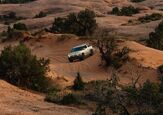
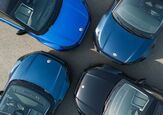














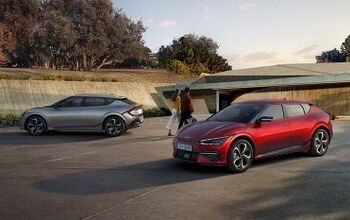
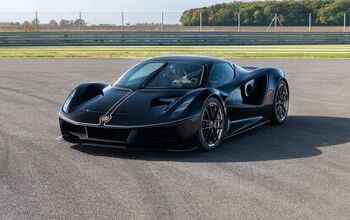
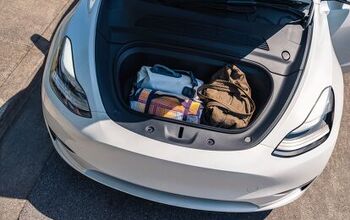

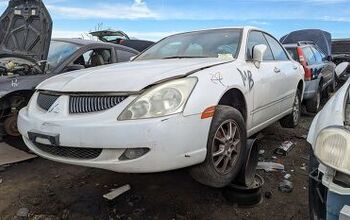
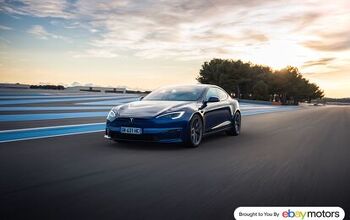
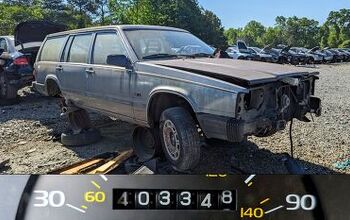
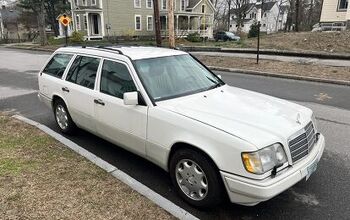
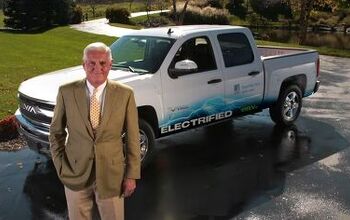
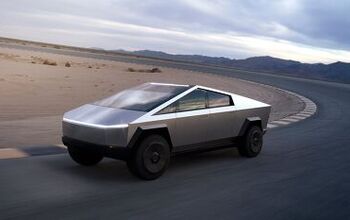
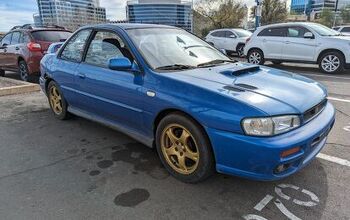


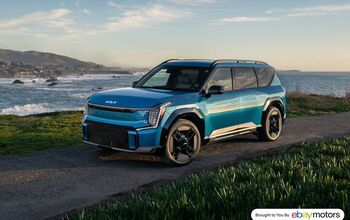
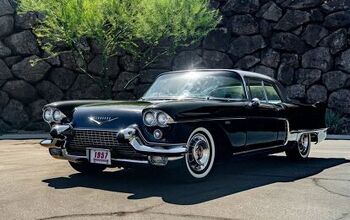
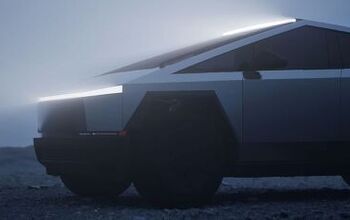


Comments
Join the conversation
152 feet. Is that with hitting traffic at a red light or without?
They're gonna need good brakes when they're fiddling with the screen to adjust the a/c vents, as they're rapidly closing on a stopped, lifted F-350 Super Duty with a receiver hitch and triple ball mount on the back.